When size matters: UMPC on FAB of increased power
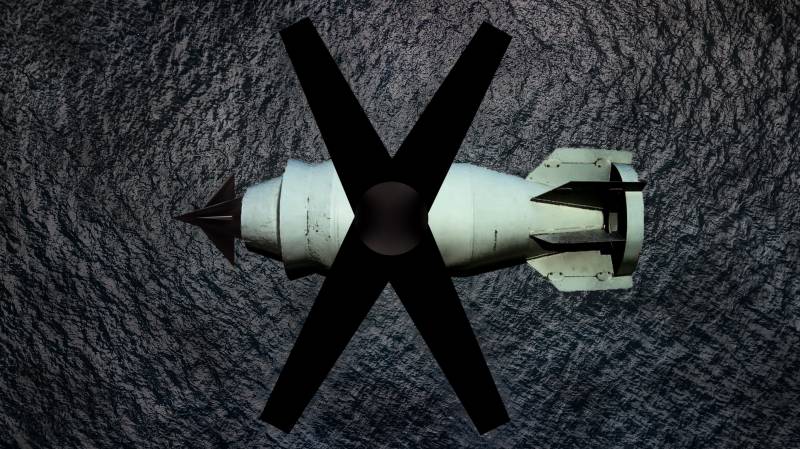
One of the most effective weapon systems used in the area of the Russian Special Military Operation (SVO) in Ukraine is the unified planning and correction modules (UMPC), installed on conventional free-falling high-explosive bombs (FAB).
Weapon this type has existed for quite a long time, in particular, in the USA in 1997, the development of the JDAM (Joint Direct Attack Munition) kit was completed, designed for installation on free-falling bombs, consisting of a set of small folding wings that increase the gliding range of the bomb, as well as a tail module , including an inertial and satellite navigation system, drives and control surfaces. The JDAM kit and other similar complexes were previously discussed in the article "The problem of the high cost of precision-guided munitions and ways to solve it".
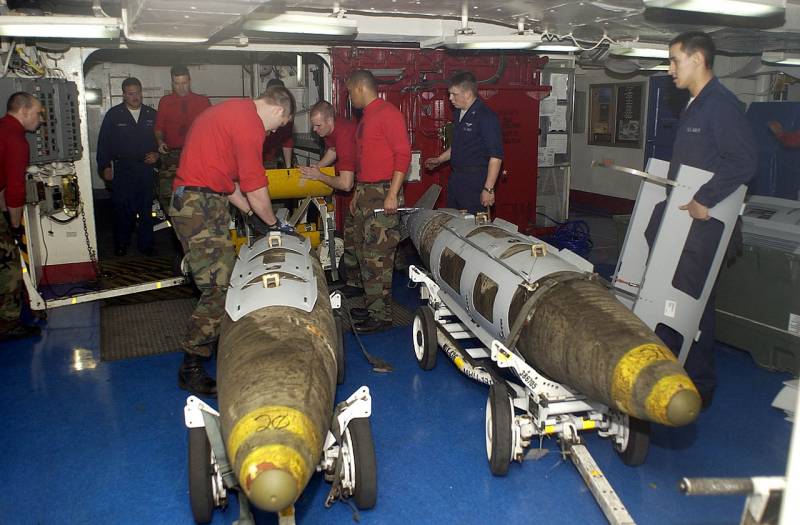
Installation of JDAM kits on unguided bombs
Initially, Russian UMPCs were designed for aerial bombs weighing 500 kilograms. At the same time, criticism was voiced that first of all it was necessary to develop a UMPC for FAB of smaller “calibers”, for example, FAB-250 weighing 250 kilograms. As an argument, it was suggested that tactical aircraft aviation They will be able to take more smaller caliber FABs with UMPC in one flight and use them against several targets at once.
However, when considering which ammunition the UMPC should be used on, a number of other factors must be taken into account.
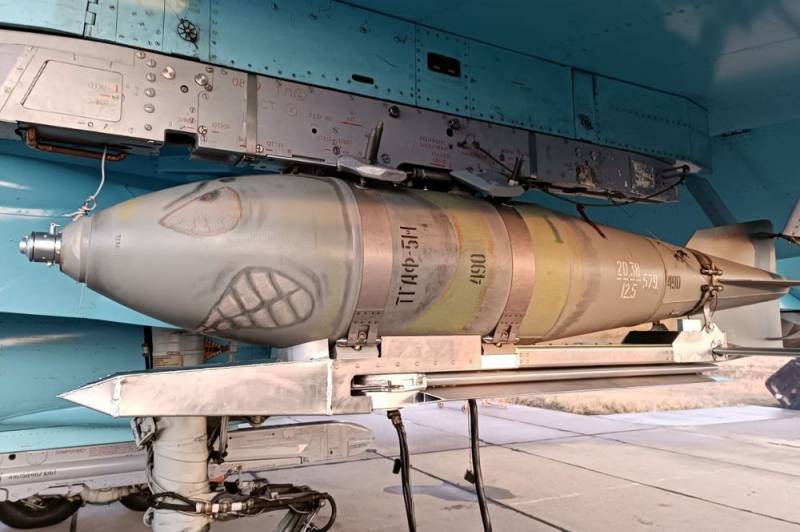
UMPC on the FAB-500 aerial bomb
Limiting Factors
The key difference between guided and unguided ammunition, no matter how trivial it may sound, is the presence of a control/guidance system, that is, a certain high-tech module that, in fact, guarantees the necessary guidance accuracy. It is this component that ensures the increased cost and limited quantity of precision-guided ammunition produced.
If we are talking about glide bombs guided by signals from the global satellite navigation system (GLONASS), then their “smart” filling will be comparable in its characteristics, both for ammunition weighing 100 kilograms and for ammunition weighing 9 tons. It is clear that the control rudders and their drives, the power supply and a number of other components will differ, but most importantly, the guidance system, which ensures determination of coordinates from GLONASS signals, will be almost the same everywhere.
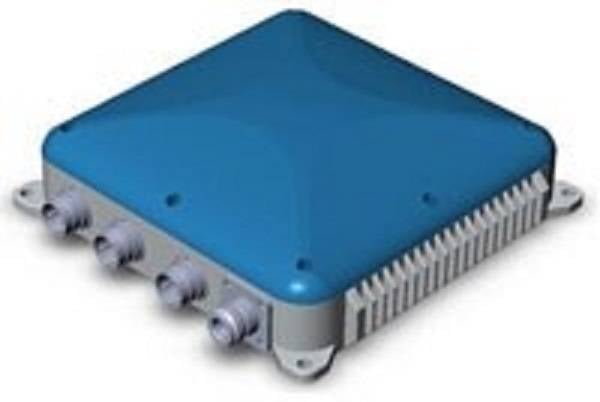
“Comet” is an interference-proof GLONASS signal receiver
Thus, we will always have a limited number of UMPCs, regardless of what caliber ammunition they will be installed on. Moreover, it is the number of UMPCs, and not the number of unguided munitions on which they can be installed, that will be the limiting factor.
Another factor is the effectiveness of the attack.
Article “Blow for blow: cluster warheads on long-range precision weapons” we have already said that in most cases, several ammunition provides a larger destruction area with the same mass with one ammunition of greater power, of course, unless we are talking about the destruction of some heavily protected object. For example, the destruction radius of the German AB 250-3 cluster bomb from World War II was ten times greater than the destruction zone of a monoblock bomb weighing 250 kilograms (300 meters versus 30 meters).
There is no doubt that 6 FAB-500 with UMPC in most scenarios will cause more damage to the enemy than 1 FAB-3000 with UMPC. However, there is no doubt that 6 FAB-3000 with UMPC will clearly inflict more damage on the enemy than 6 FAB-500 with UMPC.
Thus, all other things being equal, the feasibility of using UMPC on larger-caliber ammunition is clearly higher than on smaller-caliber ammunition.
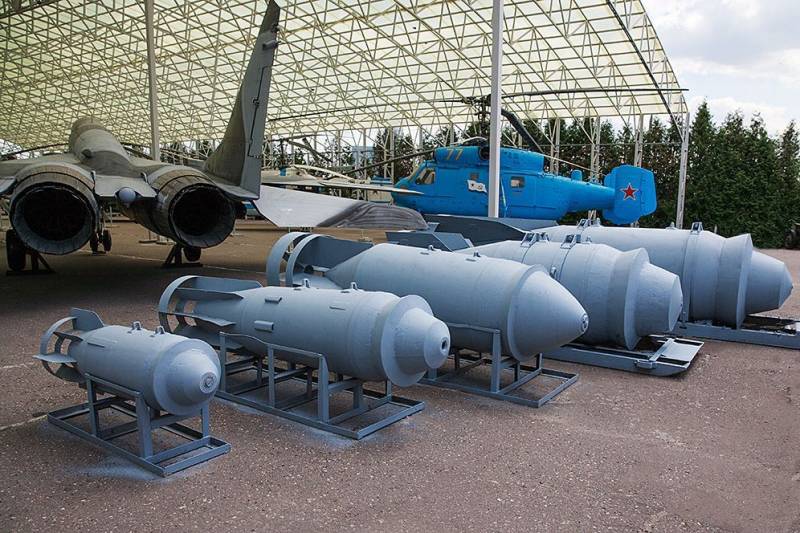
From left to right: FAB-500, FAB-1500, FAB-3000, FAB-5000, FAB-9000
So: are we developing UPMK for FAB-9000 and using only them?
No, it won't work that way, because there are other restrictions. For example, in some cases, high-power ammunition can be dangerously redundant, for example, when we want to hit some object in the city center. In this case, the power of the FAB-500 may be quite sufficient, while the FAB-9000 will not only destroy the target, but will also collapse several high-rise residential buildings nearby, which will lead to the unjustified death of civilians - we are not the United States with its allies, who were pulverized cities, and not Ukrainians, who beat even their fellow citizens.
But another factor is much more significant - the limited capabilities of Russian Air Force (Air Force) aircraft to deliver ammunition of one type or another.
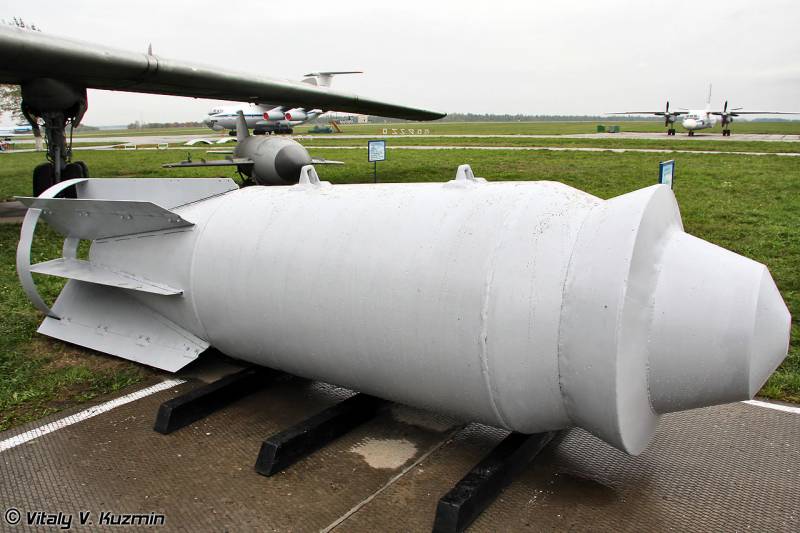
FAB-9000
For example, conditionally, in one day the Russian Air Force can deliver to the enemy 20 FAB-9000 or 40 FAB-5000, or 60 FAB-3000, or 1 FAB-360, or 1500 FAB-4, or 080 FAB-500 . Again, the numbers and their relationships are fictitious. It is clear that ammunition such as FAB-11, FAB-160 and FAB-250 can only be used by long-range or strategic aircraft, while, starting with FAB-3000, tactical aircraft are connected, and FAB-5000 can potentially carry more and some promising unmanned aerial vehicles (UAVs).
If we talk about the use of UMPC on FAB-9000, FAB-5000 or FAB-3000, then the range from which these ammunition can be used will be of great importance. It’s one thing - some 50 kilometers, at which a strategic missile-carrying bomber can be easily hit by a long-range anti-aircraft missile system (SAM), such as the American Patriot air defense system, another thing - 150 kilometers - at such a release range the carrier will be much safer .
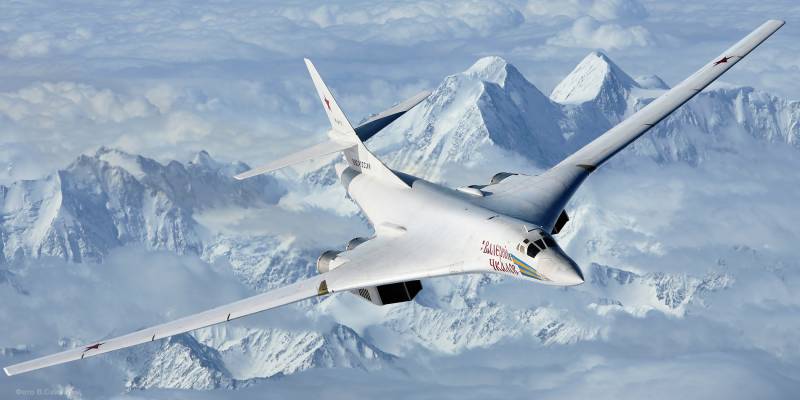
Ammunition of the FAB-9000, FAB-5000 or FAB-3000 type can be used from long-range and strategic aircraft only if the safety of the carrier in the drop zone is ensured
Will large-caliber aerial bombs appear in the NWO zone?
There is no information yet about the creation of the UMPC for the FAB-9000, but unconfirmed information leaked back in April 5000 that the Russian Armed Forces could use the FAB-3000 in the FAB-2023 in a high-precision version in Ukraine. It can be assumed that this is quite realistic, especially against the backdrop of already reliable information that FAB-1500 with UMPC began to be used in the Northern Military District zone.
Distribution of UMPC between aerial bombs of various calibers
The general logic for distributing a limited number of UMPCs between aviation ammunition will look something like this: first, UMPCs receive ammunition of maximum power, such as FAB-9000, FAB-5000, FAB-3000, which we can use taking into account the above restrictions, then it is the turn of FAB-1500, FAB-500 and FAB-250, up to FAB-100 or even more compact ammunition that can be used even from small UAVs.
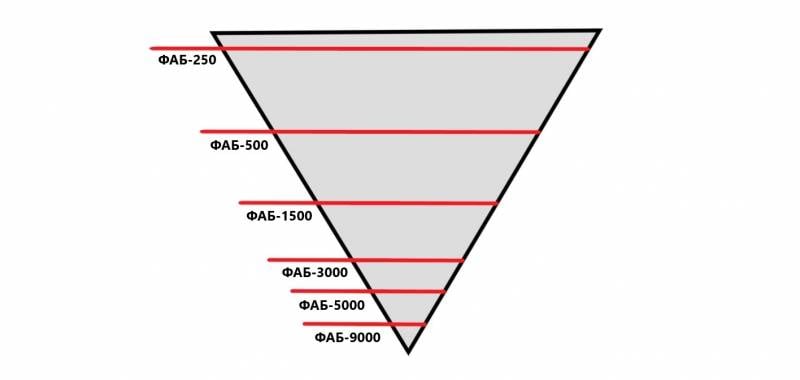
Conditional distribution of UMPC between aerial bombs in increasing caliber
Simply put, at first the UMPC must receive ammunition of maximum power, such as, for example, FAB-9000, in the quantity that we can use without risk to the carrier. Then the same logic extends to the next ammunition - FAB-5000, then to FAB-3000 and so on. We will probably run out of UMPCs somewhere on the FAB-500, since the Russian Air Force most likely has more than enough FAB-500s and carriers capable of using them.
Well, then the FAB-250 should not be received at all by the UMPC?
No, probably another factor will play a role here - the amount of ammunition that an aircraft carrier can use in one flight.
Nevertheless, all other things being equal, ammunition of increased power will always be able to inflict more damage on the enemy than ammunition of a smaller caliber, which is logical. This means that if we, conditionally, can spend 50 UMPCs per day, and Air Force aircraft can potentially send 500 ammunition of various strengths to the enemy on the same day, then the feasibility of deploying UMPCs is still seen on ammunition of a larger caliber.
In other words, as we said above, the limiter will not be the number of carriers, but the number of UMPCs.
Conclusions
The use of UMPCs on high-power aerial bombs is a very promising direction in the development of guided aircraft weapons of the Russian Air Force. Equipped with planning and correction modules FAB-9000, FAB-5000, FAB-3000 will be able to lay down huge factory workshops, destroy port facilities, dismantle railway stations, turn warehouses of equipment, ammunition, fuels and lubricants (fuels and lubricants) into dust and much more.
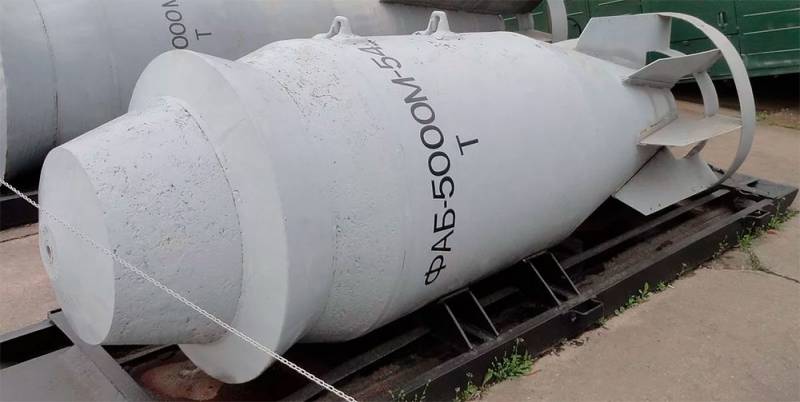
FAB-5000M-54
The main factors limiting the use of UMPC on air bombs such as FAB-9000, FAB-5000, FAB-3000 will be the number of carriers that can use them, as well as the release range, which determines the survival of the carrier aircraft in the face of enemy air defense (air defense).
Information